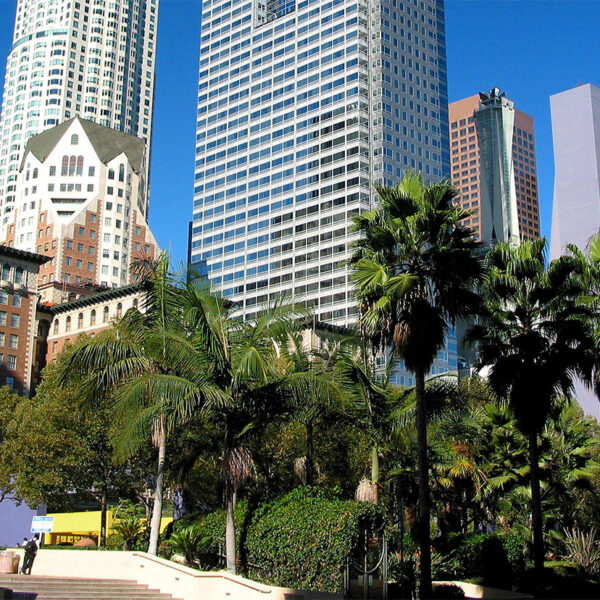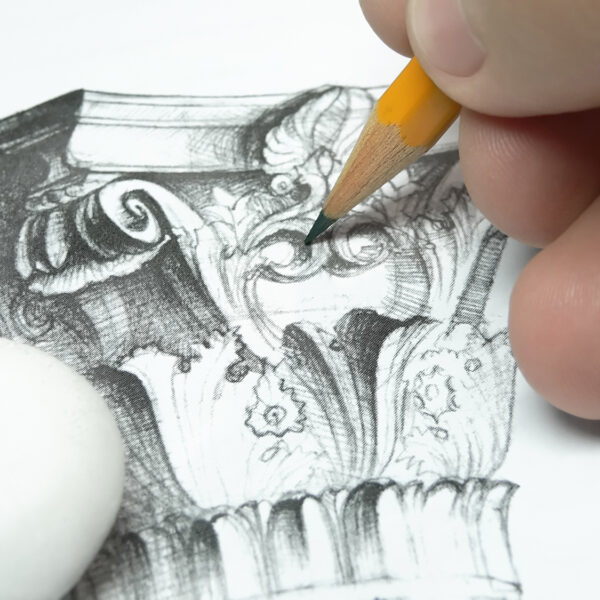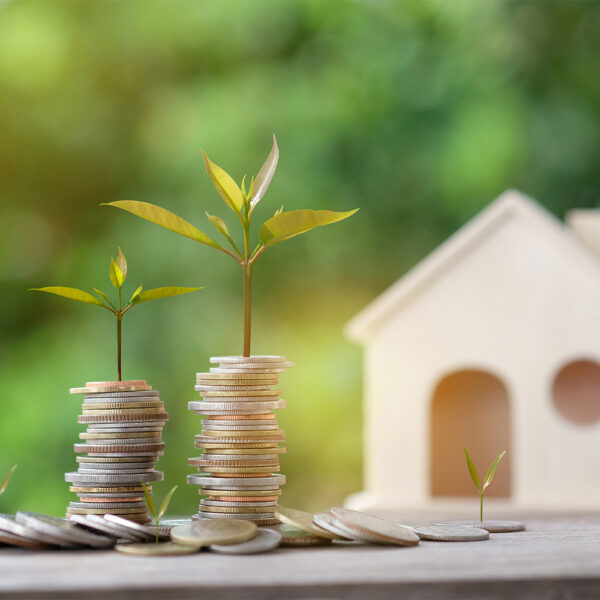At The HD Group, we are passionate about architecture and home design that utilize sustainable techniques. These can include technology to streamline the process, renewable energy resources and building materials that are either repurposed or reusable. This is known as “circularity.” There are many new advances in sustainable home construction. We are proud supporters of the Holcim Foundation and everything they do to support this global initiative that can make a difference for generations to come.
The Impact of Better Building Materials
According to the Holcim Foundation, buildings are responsible for one third of global greenhouse gas emissions. Many ecological issues from the buildings themselves stem directly from the construction materials. Their research shows that the wrong use and overuse of raw materials is responsible for a majority of ecosystem and biodiversity degradation worldwide.
More home builders are adopting sustainable methods, including the use of repurposed construction materials and more eco-friendly raw materials. These materials are more durable, biodegradable or offer circular use beyond their first lifecycle. A key goal is to reduce the amount of embodied carbon. Water and energy consumption are also critical.
Reducing Our Carbon Footprint
Data from the 2022 Circularity Gap Report supports this research. It states that out of “half a trillion tonnes of virgin material, our world is only 8.6% circular.” This means 91.4% of building materials are not providing high enough standards of circularity, energy efficiency and sustainability. We have a long way to go to reduce our carbon footprint in the construction sector. The good news is organizations like the Holcim Foundation and many builders worldwide are continuing to adopt and implement new ideas for a more sustainable world. Here are a few of the strategies being explored:
Circular Materials
Building materials can be more sustainable, recyclable, biodegradable, energy efficient and/or reusable. The vision is to have materials that can be recirculated later in a non-toxic manner, thus reducing costs and consumption for future generations while benefitting the overall biosphere.
Circular Design
The right materials are just one part of it. The design process also must evolve with circularity in mind. New technology and architectural ideas can be implemented to improve energy efficiency, decrease biodiversity loss, and reduce waste and pollution.
Urban Metabolisms
This refers to the flow of energy and materials within cities. More sustainable urban designs can be created to improve efficiency for current and future residents. In addition, understanding urban metabolisms can help city planners and builders achieve a more sustainable environmental impact over time.
So many great sustainable home construction techniques and circular building materials are already being used. It’s exciting to think about where the future will bring us if we can keep exploring new ideas and understanding the impact of human life on our planet.












